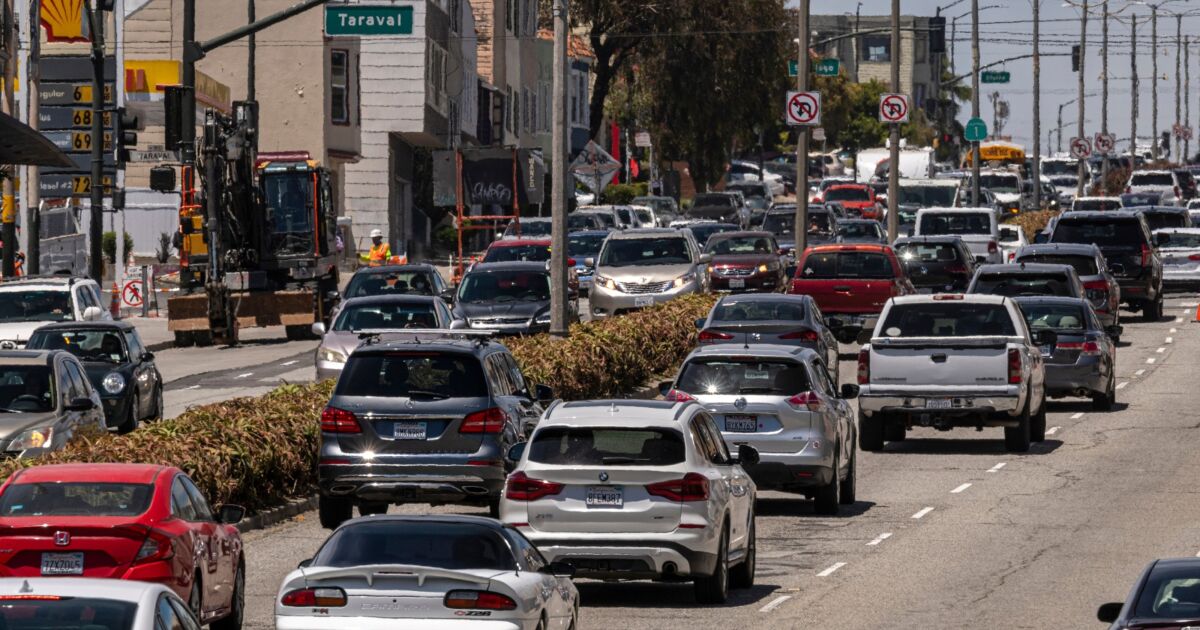Insurance broker: Insurtech can reduce numbers of uninsured drivers

With one out of every eight drivers in the U.S. uninsured, according to statistics from the Insurance Research Council, can digital technology play a role in reducing this percentage?
Technology makes it possible for independent agents to get closer to the capabilities of the large insurance companies, for firms to develop appropriate and flexible auto insurance products, address coverage lapses, and more readily provide advice about coverage, according to Bryan Davis, executive vice president, head of personalized strategy and business development, and leader of the VIU product for Hub International Midwest Ltd., the fifth ranked insurance brokerage globally.
“There’s an opportunity for independent agents to make big capital investments to digitize the broker experience so customers can get that ease of doing business and getting advice,” he said. “That’s the big opportunity – for distribution partners to make the investment that carriers are making in digital, because that’s how customers are used to functioning now.”
Independent agents, once equipped with greater digital resources, can offer more options – especially for drivers who fall into the “non-standard” market because they let their auto coverage lapse,” Davis explained. “It’s harder for those consumers to get coverage and the price goes up,” he said.
Digital capabilities make it possible for insurance brokers to shop multiple carriers for auto coverage, on behalf of uninsured or underinsured drivers. Digital technology makes it possible to cover drivers only when they are active, so if a driver is only using their car for three out of every nine months, they won’t be paying to be covered in those other six months, Davis noted.
“There’s an option to float between regular insurance and telematics coverage,” he said. “Being able to do that easily is the opportunity. Most carriers are not making products that way. But that’s how you can bring out new products to accommodate that customer group. so they don’t feel there’s only one type of insurance available.”
Overall, telematics products are much easier and less expensive to produce than they used to be, because there are more digital capabilities and therefore, lower platform costs, according to Davis.
The traditional carriers are catching up technologically, in Davis’ view, but they have shied from covering uninsured drivers or drivers who deliberately dropped auto insurance. That has made coverage of uninsured or underinsured drivers another opportunity for insurtech innovations, he said.

